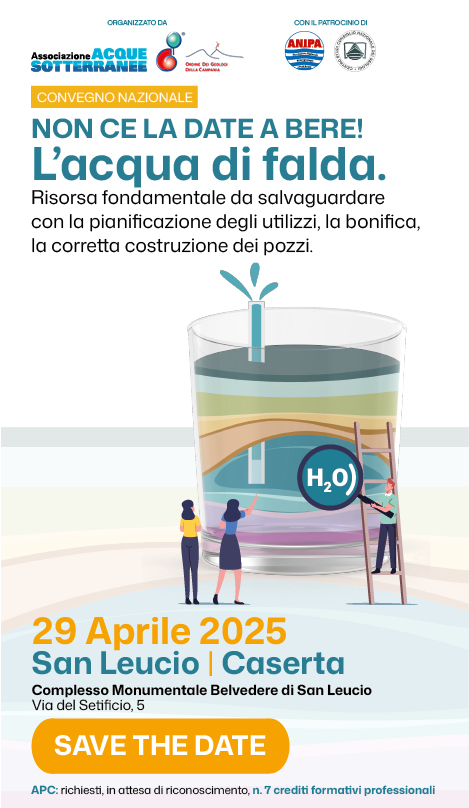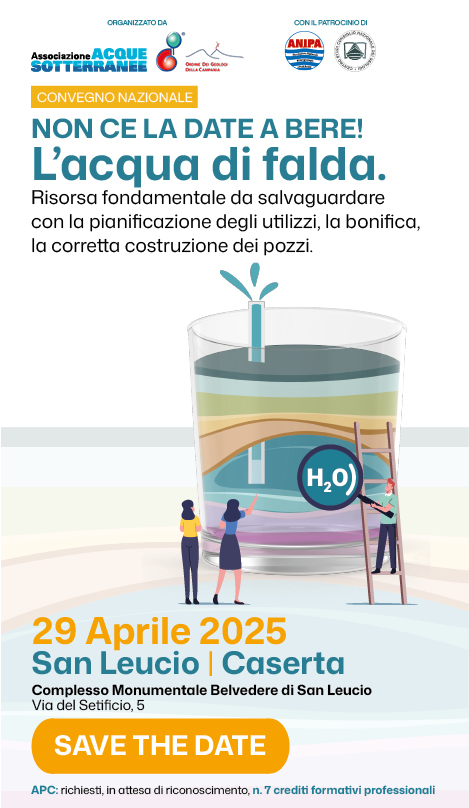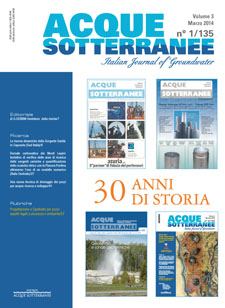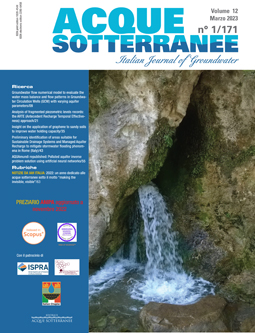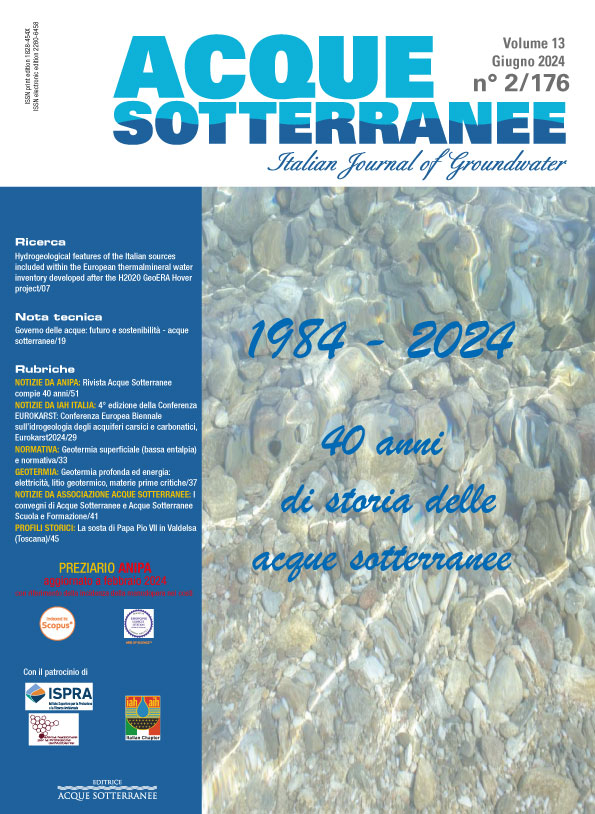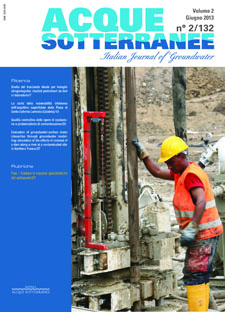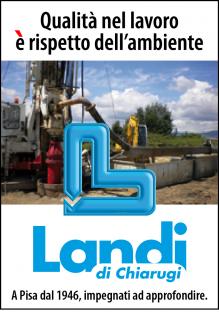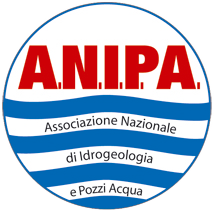The impacts of urbanization on groundwater systems and recharge
Urbanization is a major geomorphic process affecting both surface and groundwater systems. The development of cities inevitably increases paved surfaces and roofs (termed impervious cover) and storm drains. Installation of a network of subsurface structures, including utility systems, is another necessary aspect of modern cities. Urbanization alters topography and natural vegetation, stream flows and flooding characteristics, temperatures both above and below the land surface, and water quality of surface streams and groundwater. Major physical changes to the groundwater system include changes in water table elevation; a dramatically altered permeability field created by construction and utility system emplacement; and altered groundwater recharge. Subsurface permeabilities may increase by orders of magnitude in certain preferred zones, which makes prediction and remediation of subsurface contaminants difficult. Groundwater recharge commonly increases because of: 1) leakage from water distributions systems, sewer lines, detention ponds, and storm drains; 2) over irrigation of lawns, gardens, and parks; 3) artificial recharge; 4) reduced evapotranspiration and 5) infiltration through “impervious” cover. This, coupled with pumping of shallow groundwater, controls water table fluctuations. The impacts of urbanization on groundwater systems are predictable and should be considered in urban planning from geotechnical, environmental, and water resources perspectives.

